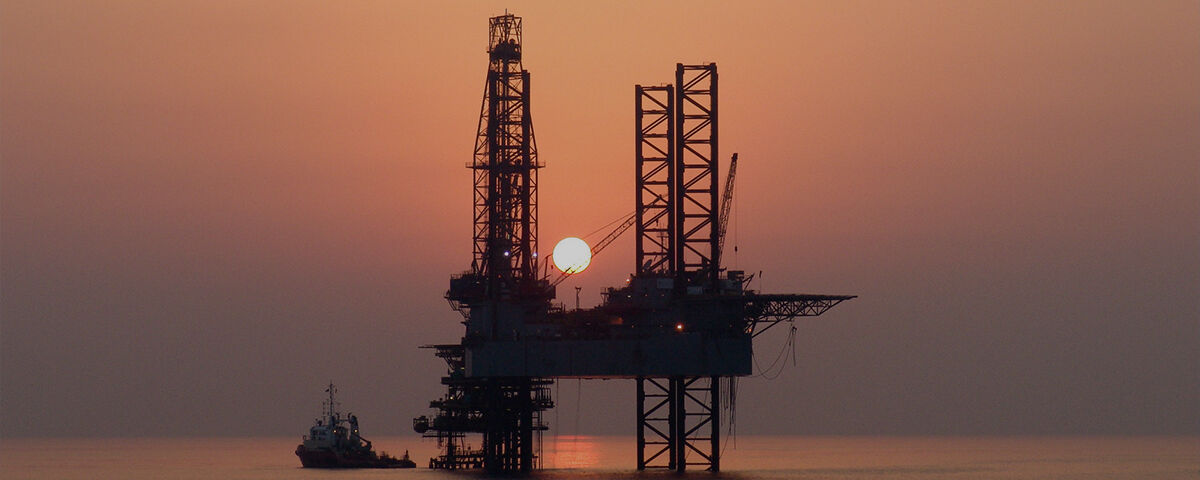
On 22 December 2015, the Myanmar Government approved amendments to Myanmar’s 1994 Mines Law (Mining Law). The amendments will become law 90 days from the date of approval. The original Mining Law categorised mining activities as mineral exploration, measurements, production, and large-scale and small-scale mining. The new draft amendments introduce provisions relating to medium-scale production, as well as purifying and trading activities. The licence period for large-scale mining has been extended from five to 15 years whereas the licence period for small-scale mining has been increased from three to seven years. Royalty rates have been fixed at between 2% and 5%, depending on the target mineral. The new rates are in line with royalty rates in major mining jurisdictions. The rate is 5% for gold, platinum and uranium, 4% on silver, copper, tin, nickel and titanium, and 3% on iron, zinc and lead. For industrial raw minerals and gems, the tax will be 2%. The original 1994 Mining Law specified a similar set of tax rates – 4% to 5% for precious metals like silver, gold and platinum, and 3% to 4% for iron, zinc and copper, but the actual rates that applied came from by-laws set by the Ministry of Mining. It is these rates that will be supplanted by the new Mining Law amendments. One of the biggest faults with the old Mining Law was that it contained production sharing provisions demanding operators surrender up to 30% of output to the Government, a requirement out of line with most mining jurisdictions globally. Production sharing generally applies to oil and gas projects, but not mineral operations. The new Mining Law proposes that the Government can instead elect to take equity interest in projects rather than production sharing. New regulations are now required to be introduced to implement the new amendments. (Source: http://www.mmtimes.com/index.php/business/18394- mining-amendment-comes-in-force-soon.html, 8 January 2016 and http://oilprice.com/Finance/investing-and-trading-reports/New-Mining-Laws-Here-Make-For-A-Promising-2016.html, 4 January 2016)
Roy Hill mine exports first ore to Asia
The first shipment of ore from the Roy Hill mine has departed Port Hedland for Asia. The Roy Hill Project is a 55 million tonne per annum iron ore mining, rail and port project being developed by Roy Hill Holdings Pty Ltd in West Australia’s Pilbara region. Roy Hill Holdings Pty Ltd is 70% owned by Gina Rinehart’s Hancock Prospecting Pty Ltd. The Roy Hill tenements were first explored by Hancock Prospecting in the early 1990s. The project is the only independent iron ore project with West Australian majority ownership. (Source: http://www.smh.com.au/business/mining-and-resources/gina-rineharts-roy-hill-mine-exports-first-ore-to-asia-20151208-gliqdg.html; 10 December 2015)
Anglo American steps up mine disposals with $36m Australian deal
Anglo American Plc (Anglo) is continuing to dispose of underperforming assets with the sale of its Dartbrook coal mine in New South Wales. Australian Pacific Coal Limited will acquire Anglo’s 83% interest in Dartbrook for approximately US$36 million. Anglo is undertaking a restructuring which could result in more than half of Anglo’s operations worldwide being sold or shuttered and up to 85,000 redundancies. Dartbrook, a thermal coal mine in the Hunter Valley, is one of a cluster of Australian coal assets that Anglo had up for sale before it announced plans of its proposed restructuring. According to an Anglo press release “The agreed sale is consistent with Anglo American’s portfolio restructuring to focus on its core of “Priority 1” assets.” Anglo has completed or agreed approximately US$2 billion of divestments this year including the sale of copper mines in Chile, its share of the Tarmac-Lafarge joint venture and a set of platinum mines in South Africa. Other coal mines in South Africa and a niobium and phosphate business in Brazil have also been put up for sale. (Source: http://www.ft.com/intl/cms/s/0/9a9b00dc-aa3d-11e5-955c1e1d6de94879.html#axzz3vluaD7JA; 24 December 2015)
LME Clear demonstrates innovative approach with launch of new services
LME Clear, the clearing house for the London Metal Exchange (LME) market, has announced the successful launch of two new services – trade compression and the ability to post metals warrants as collateral. LME Clear is the first clearing house ever to accept warrants as collateral. Market participants are now able to place their metals ownership documents against their trading positions as part of the clearing process, giving the LME market a new source of protection against risk. With the launch of the trade-compression service, members now have the opportunity to reduce the notional value of their positions and simplify their portfolio management. The new post-trade, risk-neutral system allows members to offset multiple trades that have compatible characteristics into a single trade, or reduce the trades to a net zero position, without altering the risk profile of their portfolio. One member has already reduced the notional value of their positions by 90%. The launch of the new services was timed to coincide with an upgrade of LME Clear’s real-time clearing system, LMEmercury, which completed successfully on 23 November 2015. (Source: https://www.lme.com/news-and-events/press-releases/press-releases/2015/11/lme-clear-demonstrates-innovative-approach-with-launch-of-new-services/; 30 November 2015)
This newsletter is for information purposes only.
Its contents do not constitute legal advice and it should not be regarded as a substitute for detailed advice in individual cases. Transmission of this information is not intended to create and receipt does not constitute a lawyer-client relationship between Charltons and the user or browser. Charltons is not responsible for any third party content which can be accessed through the website.
If you do not wish to receive this newsletter please let us know by emailing us at unsubscribe@charltonslaw.com
